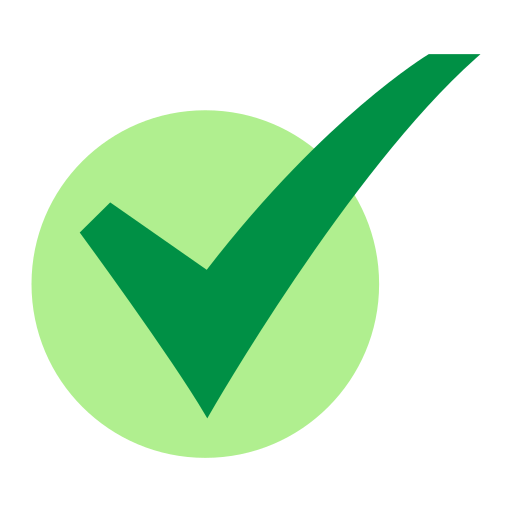Table Of Contents
1. History of Ethical Hacking
2. A flip back into the pages of the history of ethical hacking
3. Black, White, and Grey hats?
History of Ethical Hacking
The history of hacking leads us to the history of ethical hacking which makes it quite interesting to note that the history of ethical hacking predates the history of hacking in general. To get a clear picture of the same, we need to dive into the history of ethical hacking.
A Flip back into the pages of the history of ethical hacking
The past history of ethical hacking narrates to us that it wasn’t always bad to be a hacker. In fact, as per the history of ethical hacking, the word surfaced in its modern context at the renowned Massachusetts Institute of Technology (MIT). The phrase “ethical hacking” was first used in 1995 by IBM Vice President John Patrick, but the concept has been around for a lot longer.
Throughout the 1960s, hacking was a term used by engineering students that simply meant finding different ways to optimize systems and machines to make them run more efficiently. According to the history of ethical hacking, Hacking was a creative activity carried out by some of the brightest people in the world. During the 1990s when the use of the internet was widespread around the world, hackers multiplied.
In the 1980s and the 1990s, personal computers gained massive popularity. A major part of the personal information and other confidential records were stored in the form of computer programs. This created a spark in the minds of the hackers to try gaining access to these systems. This information was then sold for a huge profit.
Hackers used to be viewed as people who sat locked in a room all day programming nonstop, hours on end. No one seemed to mind hackers back in the 1960s when this was the most widely excepted reputation. In fact, most people had no idea what hacking was.
Hacking was a gaining profile in the media – and not a positive one. Hackers were seen as criminals – digital trespassers – who were using their skills to gain access to private computers, steal data and even blackmail businesses into handing over large sums of money. These kinds of hackers are what we describe today as black hat hackers.
Black, White, and Grey Hats?
The terms come from old spaghetti westerns, where the bad guy wears a black cowboy hat, and the good guy wears a white hat.
White hat hackers choose to use their powers for good rather than evil. Also known as “ethical hackers,” white hat hackers can sometimes be paid employees or contractors working for companies as security specialists that attempt to find security holes via hacking.
White hat hackers or ethical hackers employ the methods of hacking with permission from the owner of the system first, which makes the process completely legal. They work for scrupulous purposes.
The Black hat hackers on the contrary are the unethical hackers that use the hacking methods for fraudulent purposes. This hacking is done illegally and is maliciously used for personal gain.
And now for the Grey hat hackers, they are a mixture of the former two- The ethical and unethical ones. Usually, Grey Hat Hacking is done for the security of the national level.
Conclusion:
Ethical hacking is now commonplace – it’s even possible to become what is known as a Certified Ethical Hacker. The practice is also known as white hat hacking, and it involves using the same techniques that black hat hackers use in order to break down cyber defenses.
The difference is that when a white hat hacker has compromised those defenses they inform the business of how they managed to do it so that the vulnerability can be fixed.
Don’t forget to check out our latest Blogs – Techniques to Adopt Ethical Hacking











